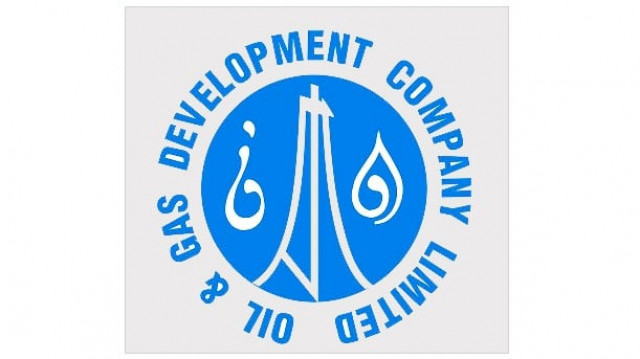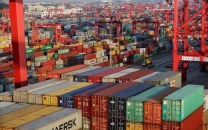Energy giant: Bid to privatise OGDC raises questions
There seems to be no credible argument for selling a highly profitable company.

According to the financial results, OGDC made a profit of Rs90 billion in the last financial year and contributed Rs129 million in taxes to the national exchequer. PHOTO: FILE
After signing a structural adjustment programme in the late 1980s, the privatisation of state-owned enterprises, though, had been the priority of successive governments, the pace of privatisation had remained very slow in recent decades. Now, the PML-N government, which is widely believed to be business and investment-friendly, is committed to privatising some loss-making enterprises along with profit-earning giants like Oil and Gas Development Company (OGDC) and Pakistan Petroleum Limited (PPL).
Apart from poverty alleviation and clearance of state debts, the prime objective of privatisation is to earn profit. So people ask why the government is initiating the process of selling the major oil and gas producer, OGDC, which is the most profitable organisation in the public sector.
According to the financial results, OGDC made a profit of Rs90 billion in the last financial year and contributed Rs129 million in taxes to the national exchequer. Similarly, it contributed Rs5 billion to the state budget. Keeping this in view, can we justify the privatisation of OGDC.
The second argument in favour of privatisation is that the change in ownership from the government to the private sector will bring improvement in the efficiency of the profit-making organisation. This may be true anywhere in the world, but in this country it is fraught with concerns.
Corruption is a major cause of mounting losses in state-owned enterprises, so the government may go for tackling corruption, instead of privatising the companies.
Not only this, corruption also occurs during the process of privatisation. The decision of the Supreme Court cancelling the privatisation of Pakistan Steel Mills, where the value of the entity’s land was higher than the privatisation bid is one of the examples, showing that the privatisation process could lead to corruption.
The government has opted for an easy way out – selling state assets by privatising the oil and gas industry players to repay the country’s debts and reduce poverty. Instead, it should improve its fiscal conditions by increasing revenue collection. Why not the government steps up efforts to generate more taxes?
The privatisation of the oil and gas sector is also opposed in the context of global scenario as some experts argued in newspaper reports two years ago that three quarters of the world’s oil reserves were held by state companies and two of the 10 biggest oil companies were state-owned because securing access to natural resources was a fundamental pillar of national security.
The analysts agreed, while quoting a story published in The Economist, that ownership in a capitalistic economy was irrelevant to profit generation.
Pakistan is facing multidimensional challenges on the economic front in an era where the slogan of globalisation is considered a tactic to take control and exploit the resources of the developing world. In this regard, focus must be on the national and financial security of the state before going for privatisation of profitable state-owned enterprises in global capital markets.
The writer hosts business talk shows on FM 101 and Radio Pakistan and is pursuing M Phil degree in Economics
Published in The Express Tribune, December 2nd, 2013.
Like Business on Facebook, follow @TribuneBiz on Twitter to stay informed and join in the conversation.



















COMMENTS
Comments are moderated and generally will be posted if they are on-topic and not abusive.
For more information, please see our Comments FAQ